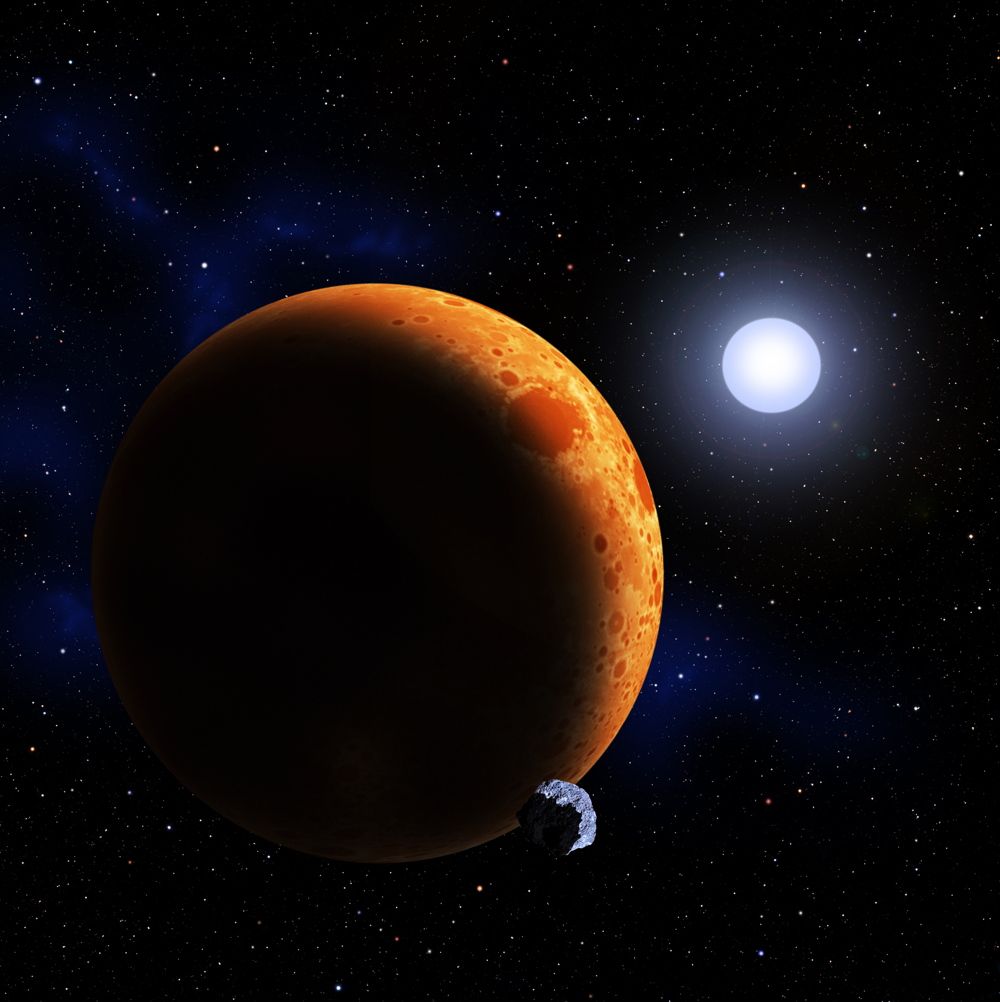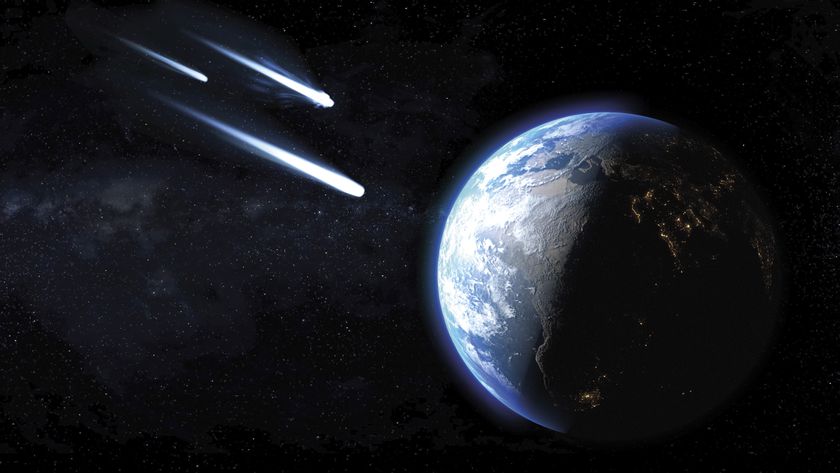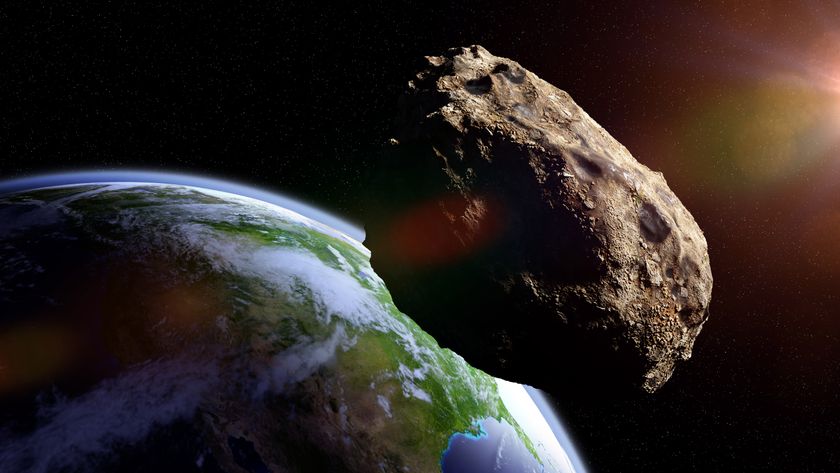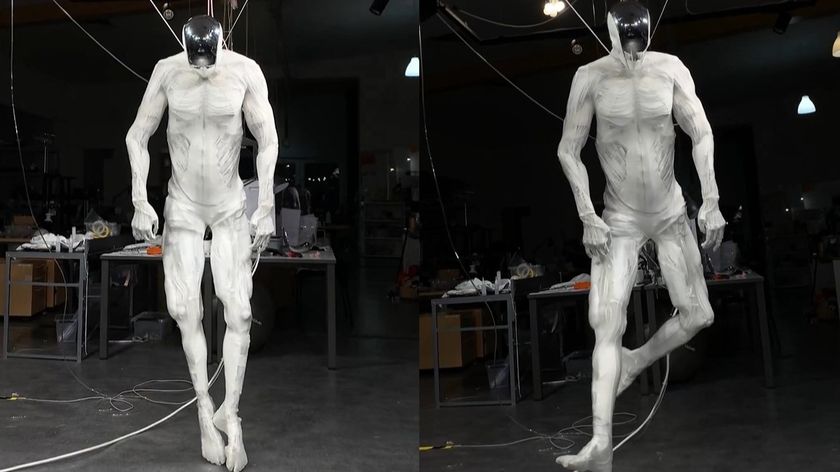Dying Stars to Collide and Create Stellar Baby

The collision of two dying stars can create a living one, scientists say.
Scientists have discovered a binary system of two dying stars, known as white dwarfs, set to collide and give birth to a new, living star.
Our sun — and indeed, more than 90 percent of all stars in our galaxy — will one day end up as white dwarf stars, which are made up of dim, fading stellar cores where nuclear fusion has stopped. These cooling embers, which make up about 10 percent of all stars in our galaxy, are typically about 40 to 90 percent of the mass of our sun but pack that all into an Earth-sized ball.
Past research had revealed pairs of white dwarfs whirling around each other. But the new study is the first time astronomers have observed two such stars set to collide and create another. [Video: When Stars Collide, Another is Born]
"These stars have already lived a full life. When they merge, they'll essentially be 'reborn' and enjoy a second life," said researcher Mukremin Kilic, an astronomer at the Harvard-Smithsonian Center for Astrophysics in Cambridge, Mass.
Close pair
The newly identified binary system, designated SDSS J010657.39–100003.3, is located about 7,800 light-years away in the constellation Cetus, the Whale, and was discovered as part of a survey program conducted with the MMT Observatory on Mount Hopkins, Ariz.
Sign up for the Live Science daily newsletter now
Get the world’s most fascinating discoveries delivered straight to your inbox.
The binary consists of a pair of white dwarfs, a visible star and an unseen companion whose existence is suggested by the way it gravitationally distorts the visible star. The visible white dwarf is about 17 percent the mass of the sun, while the other white dwarf is 43 percent the mass of the sun. Astronomers believe that both are made of helium. [Top 10 Star Mysteries]
These white dwarfs orbit each other at a distance of 140,000 miles (225,000 kilometers), or less than the distance from Earth to the moon. They whirl around at speeds of 1 million mph (1.6 million kph), completing one orbit in only 39 minutes, the fastest of any such pair found to date.
Collision course
In about 37 million years, these white dwarfs will collide. Since they wheel so close to each other, they warp the fabric of space-time, generating ripples that carry away energy, causing them to spiral even closer together, researchers explained.
The merger of white dwarf stars can lead to supernova explosions, but this only happens if the combined stars are 140 percent the mass of the sun. This new binary system is not heavy enough to go supernova after collision, but it is massive enough to force the helium atoms in the merged remnant to fuse. This resumption of nuclear fusion will lead it to shine like a normal star once more, eventually cooling down to become another white dwarf. [Photos: Great Images of Supernova Explosions]
"There should be many such systems in the galaxy," Kilic told SPACE.com.
The researchers are now trying to find other white dwarf binaries even closer to merging, "and we think that we have a high chance of finding them," Kilic said.
The researchers detailed their findings online March 24 in the Monthly Notices of the Royal Astronomical Society.
Follow SPACE.com contributor Charles Q. Choi on Twitter @cqchoi. Visit SPACE.com for the latest in space science and exploration news on Twitter @Spacedotcom and on Facebook.
This story was provided by SPACE.com, a sister site to LiveScience.

Most Popular






